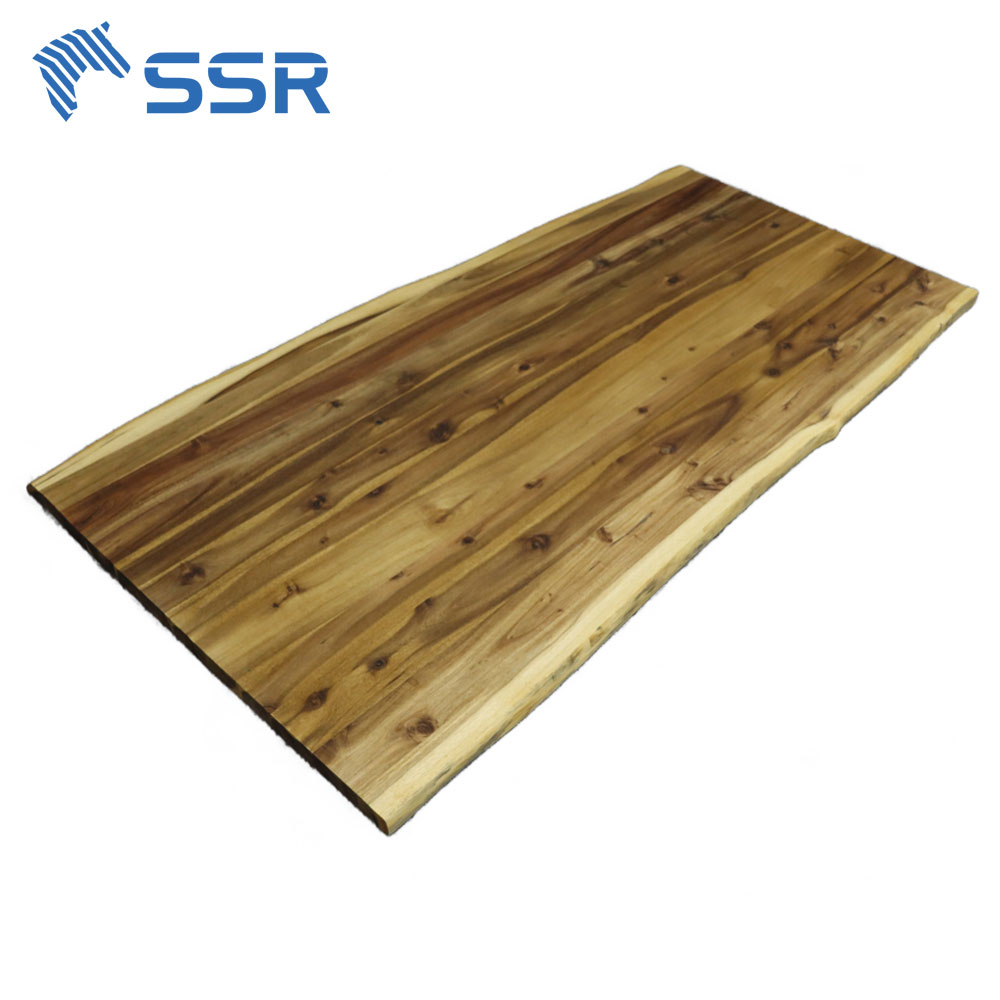NEWS
From ancient structures made of stone and timber to today’s smart, eco-conscious buildings, materials have always been at the heart of architectural progress.
Among these, wood continues to stand out – not only for its natural beauty and versatility but also for its potential as a renewable, environmentally friendly resource. Whether you’re a builder, architect, or homeowner, understanding the materials you choose is the first step toward creating smarter, greener, and more durable structures.
What Is a Building Material?
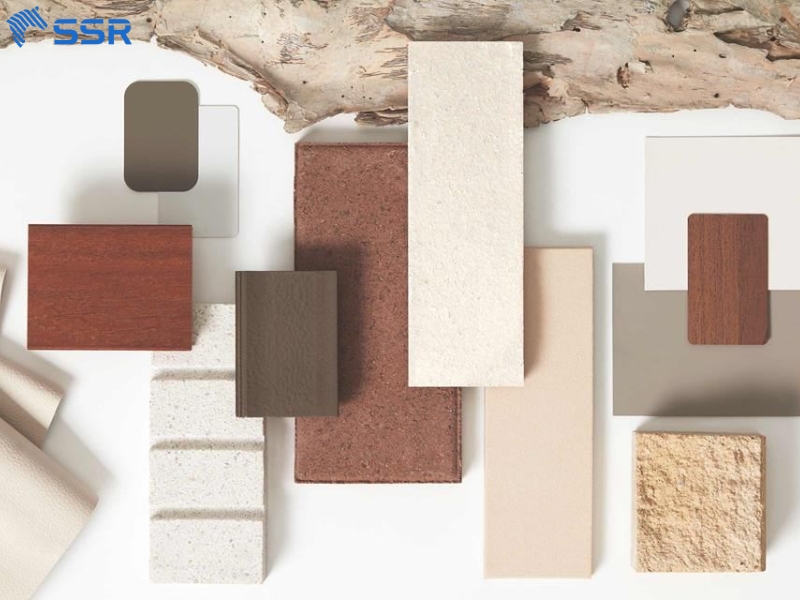
What is a building material
A building material is any substance used in construction to build or enhance structures like homes, commercial buildings, roads, or bridges. These materials can be natural (like wood, stone, clay) or man-made (like steel, concrete, bricks, glass, or plastics).
Examples of Common Building Materials:
- Wood
- Concrete
- Steel
- Bricks
- Glass
- Cement
- Aluminum
- Gypsum Board
- Stone
- Bamboo
What Are the Contents of a Building?
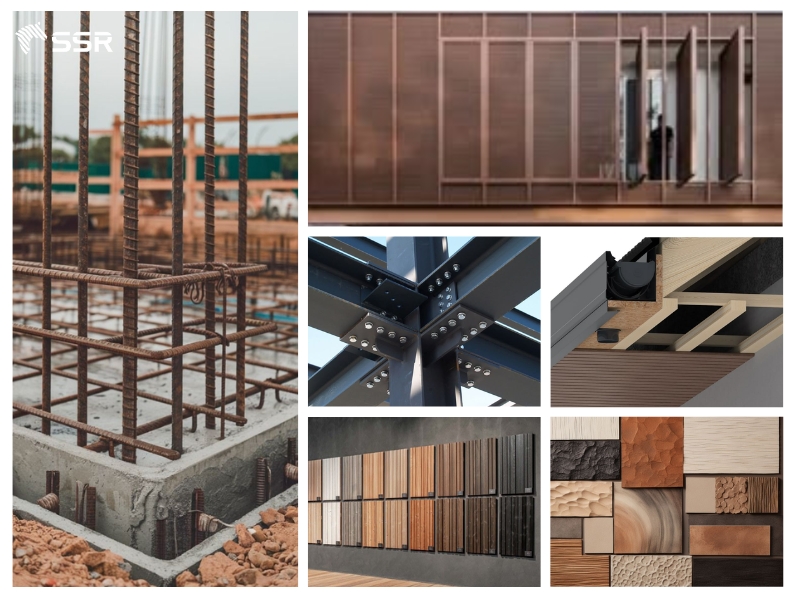
What are the contents of a building
A building is made up of various systems and components that work together to create a functional, safe, and comfortable space. These contents can be divided into structural, architectural, mechanical, and finishing elements. Here’s a more detailed breakdown:
- Foundation
- The structural base that transfers the weight of the building to the ground.
- Includes shallow foundations (footings, slabs) or deep foundations (piles, caissons).
- Structural System
- Columns, Beams, and Slabs: Provide strength and stability.
- Load-Bearing Walls: Support upper floors and roofs.
- Frames and Trusses: Used in steel or timber-framed structures.
- Roofing System
- Protects the building from rain, sun, and wind.
- Includes structural supports, waterproofing layers, insulation, tiles or metal sheets.
- Flooring System
- Layers for walking surfaces including concrete slabs, tiles, wood, laminate, carpet, or vinyl.
- Subflooring, underlayments, and sometimes heating systems are included.
- Walls
- External Walls: Provide insulation, weather protection, and security.
- Internal Walls/Partitions: Divide spaces within the building.
- Windows and Doors
- Provide natural light, ventilation, security, and accessibility.
- May include shutters, screens, and weather sealing.
- Electrical System
- Wiring, switches, outlets, lighting, and electrical panels.
- Includes power supply for appliances, equipment, and security systems.
- Plumbing System
- Water supply lines, drainage, waste disposal, and sewage systems.
- Includes sinks, toilets, water heaters, and filtration systems.
- HVAC System (Heating, Ventilation, and Air Conditioning)
- Regulates indoor air quality, temperature, and humidity.
- May include ducts, air conditioners, boilers, vents, and fans.
- Insulation and Soundproofing
- Thermal insulation (walls, roofs, floors) helps conserve energy.
- Acoustic insulation improves sound privacy and comfort.
- Interior and Exterior Finishes
- Exterior: Cladding, brickwork, plaster, or stone finishes.
- Interior: Paint, wallpapers, wooden panels, decorative plastering.
- Furnishings and Fixtures
Permanent and semi-permanent elements such as:
- Cabinets, wardrobes, built-in shelves
- Kitchen counters and islands
- Bathroom fixtures (tubs, showers, basins)
- Fire Protection Systems
- Smoke detectors, fire alarms, sprinklers, fire extinguishers, and escape routes.
- Security Systems
- CCTV cameras, alarm systems, access control, smart locks.
- Communication and IT Infrastructure
- Telephone lines, internet cabling, routers, data ports, and intercom systems.
- Elevators and Staircases
- Vertical transportation systems for multi-story buildings.
- Includes lifts, escalators, ramps, and staircases.
What Are the Most Used Building Materials?
In modern construction, a variety of materials are used based on their strength, function, cost, sustainability, and aesthetic appeal. Each material plays a distinct role in different parts of building materials- from the foundation to the roof, and from structural frames to decorative finishes:
1. Concrete
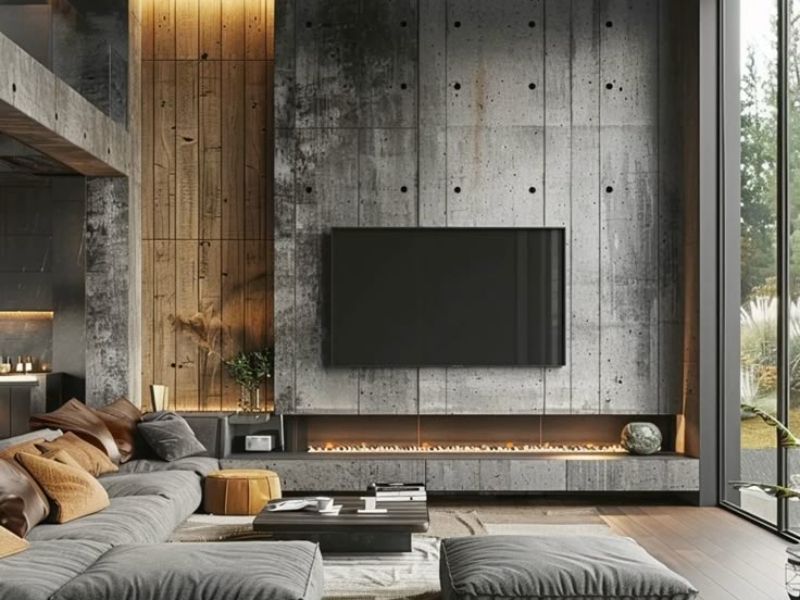
Concrete in building
- Key Features: Strong in compression, moldable, fire-resistant, and highly durable.
- Applications: Used extensively in foundations, slabs, columns, beams, pavements, and bridges.
- Advantages: Low cost, readily available, and can be poured into any shape.
- Sustainability Note: While versatile, traditional concrete has a high carbon footprint, prompting the development of green alternatives like geopolymer concrete.
2. Steel
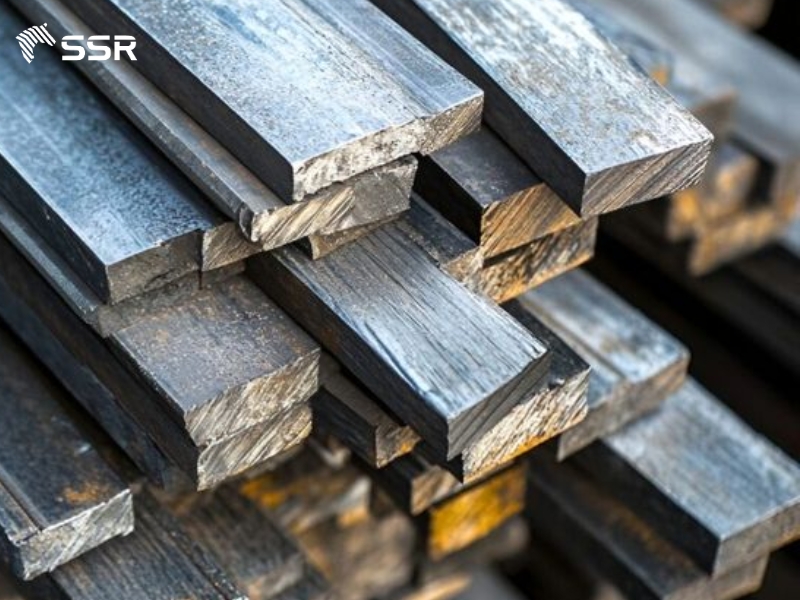
Steel – one of building materials
- Key Features: Exceptionally high tensile strength, ductile, recyclable, and durable.
- Applications: Ideal for high-rise buildings, bridges, industrial sheds, and warehouses.
- Advantages: Quick to install, adaptable for prefabricated structures, and resistant to pests and fire.
- Sustainability Note: Steel is recyclable and often used in green building initiatives.
3. Wood
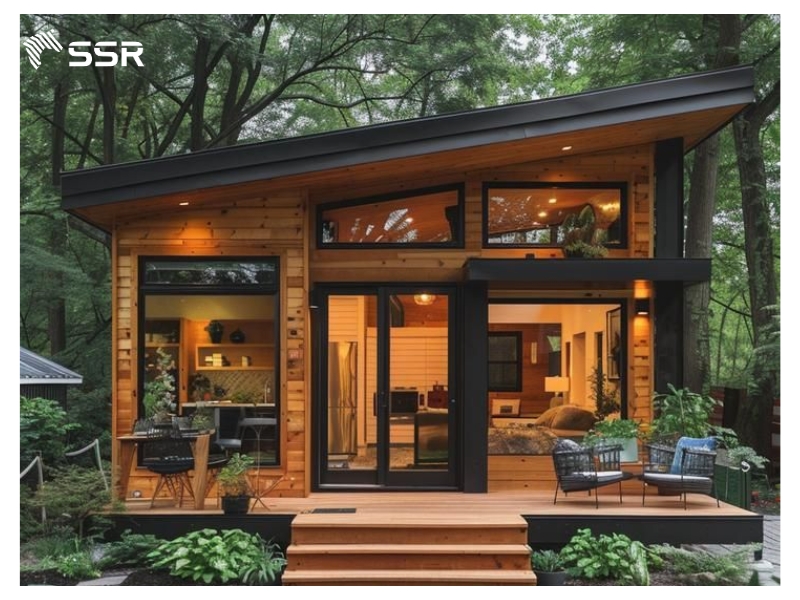
Wood in building
- Key Features: Renewable, lightweight, insulating, and easy to shape or cut.
- Applications: Common in residential housing for framing, flooring, furniture, wall panels, and roofs.
- Advantages: Natural aesthetic, carbon-storing, and supports biophilic design (connection to nature).
- Considerations: Needs protection from moisture, fire, and insects; sustainably sourced wood is essential for eco-friendly construction.
4. Brick and Mortar
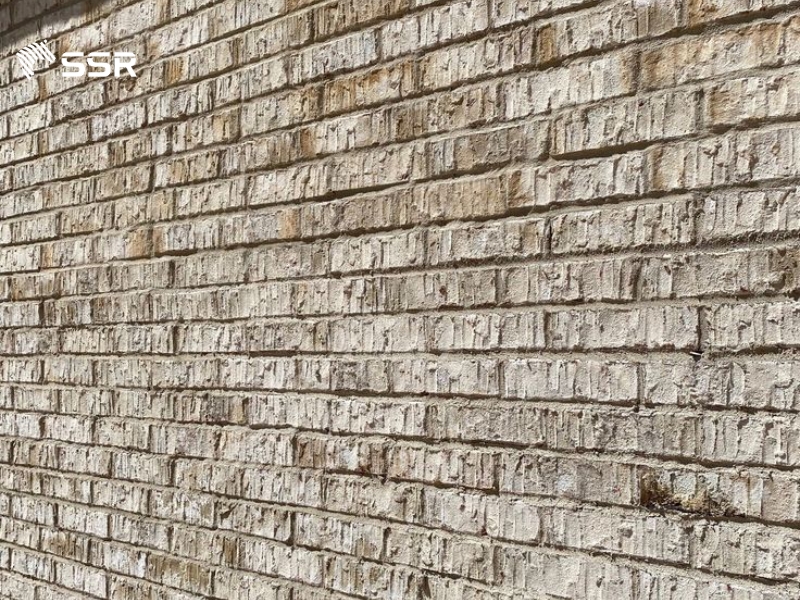
Brick and mortar
- Key Features: Fire-resistant, load-bearing, thermally insulating.
- Applications: Exterior and interior walls, chimneys, pillars, and facades.
- Advantages: Long-lasting, soundproof, and energy efficient in hot climates.
- Considerations: Labor-intensive to install and less flexible in design changes.
5. Glass
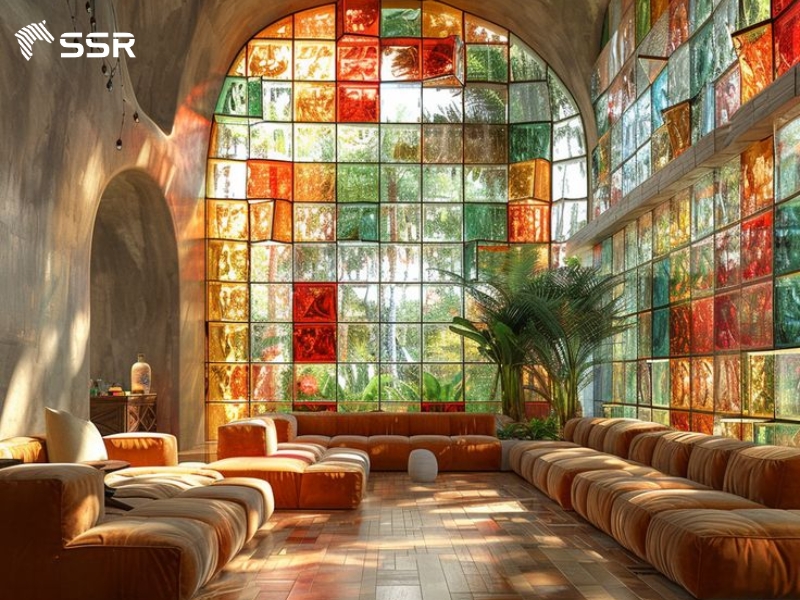
Glass – one of building materials
- Key Features: Transparent, smooth, and available in multiple forms (tempered, laminated, double-glazed).
- Applications: Windows, doors, curtain walls, skylights, and partitions.
- Advantages: Enhances natural lighting, modern appearance, can be treated for UV resistance and insulation.
- Considerations: Brittle without treatment; requires energy for manufacturing.
6. Aluminum
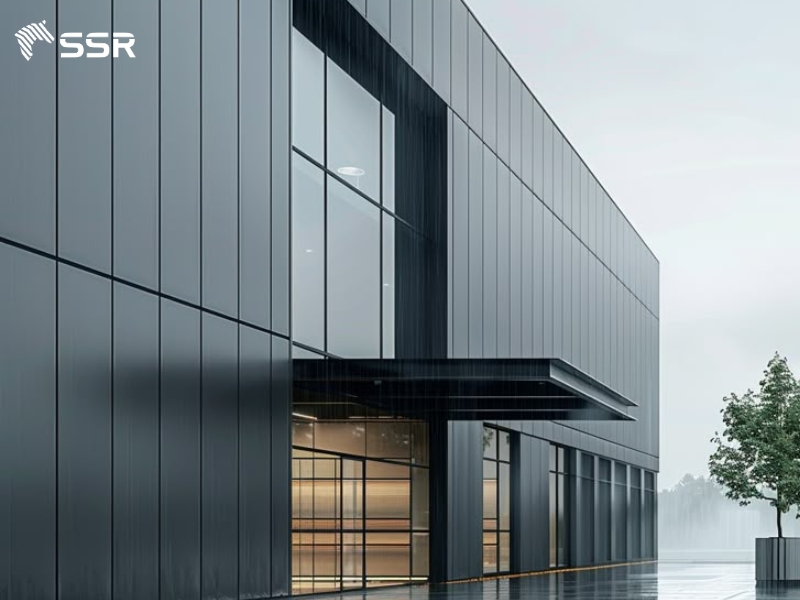
Aluminum
- Key Features: Lightweight, corrosion-resistant, non-magnetic.
- Applications: Window frames, curtain walls, roofing sheets, cladding, and door panels.
- Advantages: Durable in harsh weather, easy to recycle, and supports sleek architectural designs.
- Considerations: Higher cost than steel or PVC but lighter and more weather-resistant.
7. Plastic and PVC (Polyvinyl Chloride)
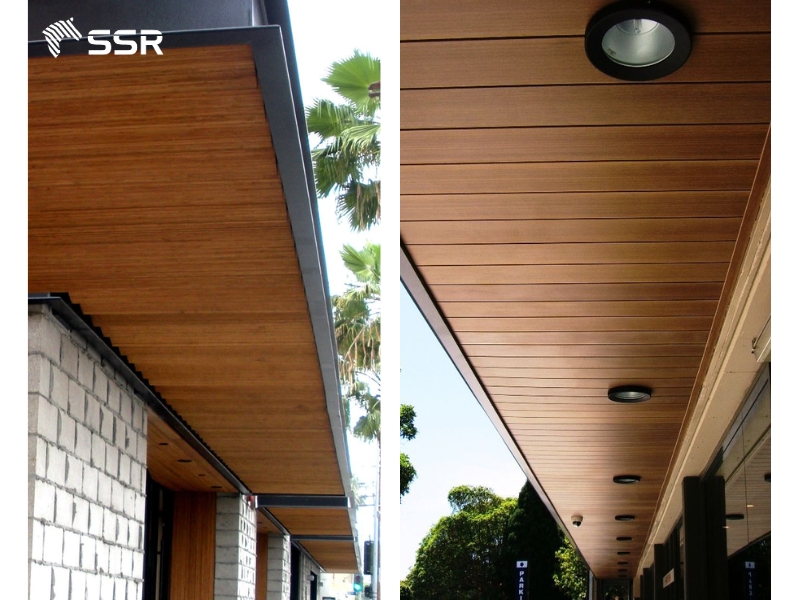
Plastic and PVC
- Key Features: Lightweight, waterproof, resistant to corrosion and chemicals.
- Applications: Plumbing pipes, window frames, flooring, insulation, panels, and electrical conduits.
- Advantages: Cost-effective, easy to install, and comes in many forms and colors.
- Considerations: Not biodegradable; however, some variants are recyclable and used in green construction solutions.
Advantages of Wood as a Building Material
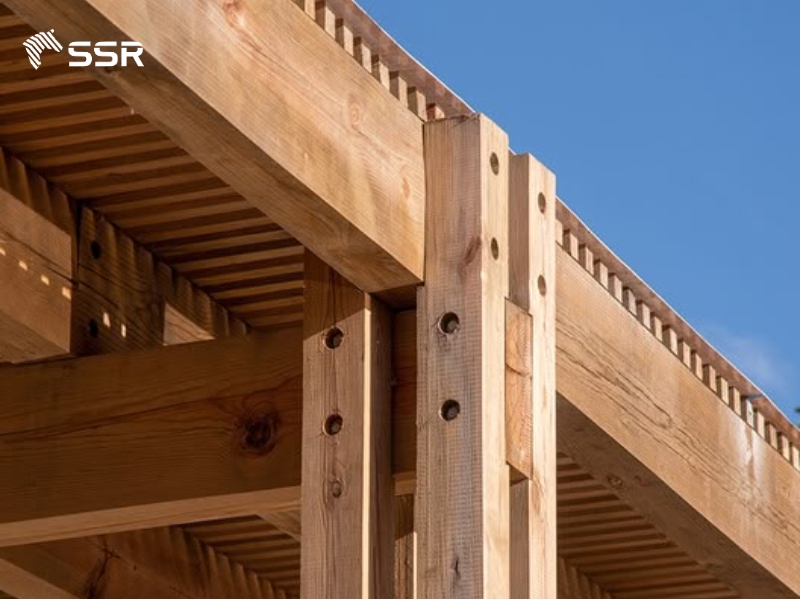
Advantages of wood as a building material
- Renewable and Sustainable
- Natural Insulator – Helps with energy efficiency
- Lightweight and Easy to Work With
- Strong and Flexible Under Stress
- Beautiful Aesthetic and Texture
- Carbon Sequestration – Stores CO₂ and helps reduce greenhouse gas
Disadvantages of Using Wood as a Building Material
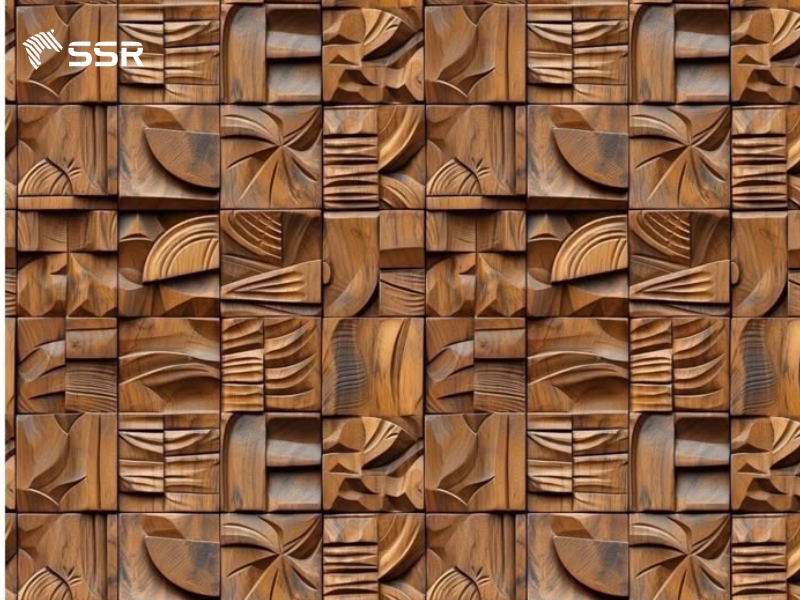
Disadvantages of using wood as a building material
- Susceptible to Termites and Pests
- Moisture Damage (Rot, Mold)
- Fire Risk – Unless treated with fire-retardants
- May Warp or Shrink if not properly dried or maintained
- Requires Regular Maintenance
Tips for Selecting Sustainable Building Materials
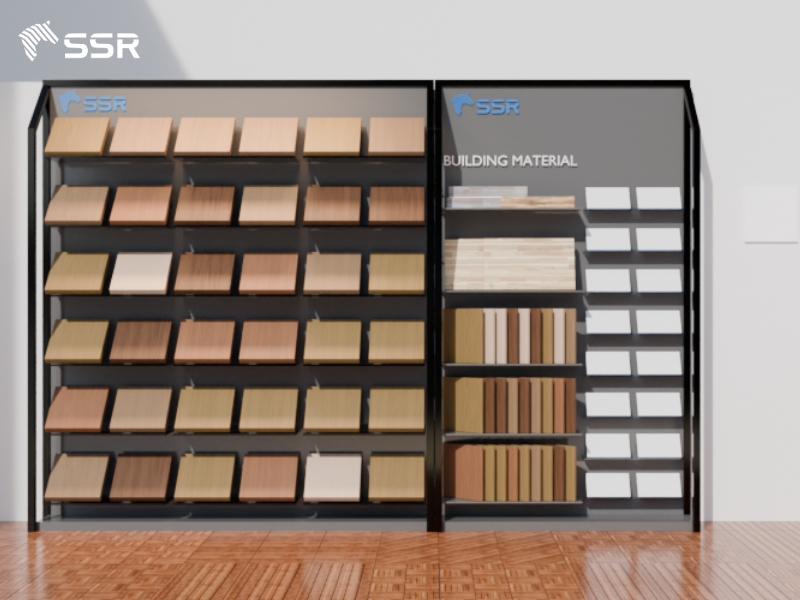
Tips for selecting sustainable building materials
- Choose Renewable Resources
- Opt for materials that come from rapidly renewable sources like FSC-certified wood, bamboo, or cork.
- Ensure they are harvested responsibly to promote forest regeneration and long-term ecosystem balance.
- Prioritize Locally Sourced Materials
- Select building products that are manufactured or harvested within your region to cut down on carbon emissions from transportation.
- Supporting local producers also boosts the local economy and can reduce supply chain risks.
- Look for Recycled or Recyclable Content
- Choose materials with post-consumer or post-industrial recycled content (e.g., recycled steel, reclaimed wood, recycled plastic composites).
- Prioritize materials that are easily recyclable at the end of their life cycle to reduce landfill waste.
- Select Low-VOC and Non-Toxic Materials
- Use products labeled low-VOC or zero-VOC for paints, adhesives, sealants, and finishes to ensure healthy indoor air.
- Avoid materials that contain formaldehyde, phthalates, or other harmful chemicals that can off-gas over time.
- Ensure Durability and Long Lifespan
- Long-lasting materials reduce the need for frequent replacements, conserving resources and reducing waste.
- Consider materials resistant to moisture, insects, mold, and weathering for a longer service life.
- Verify Third-Party Environmental Certifications
Look for certified products that meet credible environmental and health standards:
- LEED (Leadership in Energy and Environmental Design)
- Cradle-to-Cradle
- GreenGuard
- BREEAM
- Environmental Product Declarations (EPDs)
- Consider the Material’s Embodied Energy
- Embodied energy refers to the total energy required to produce a material, from extraction to manufacturing.
- Choose low-embodied-energy materials such as earth blocks, timber, or fly ash concrete alternatives.
Ways to Protect Building Materials from Damage
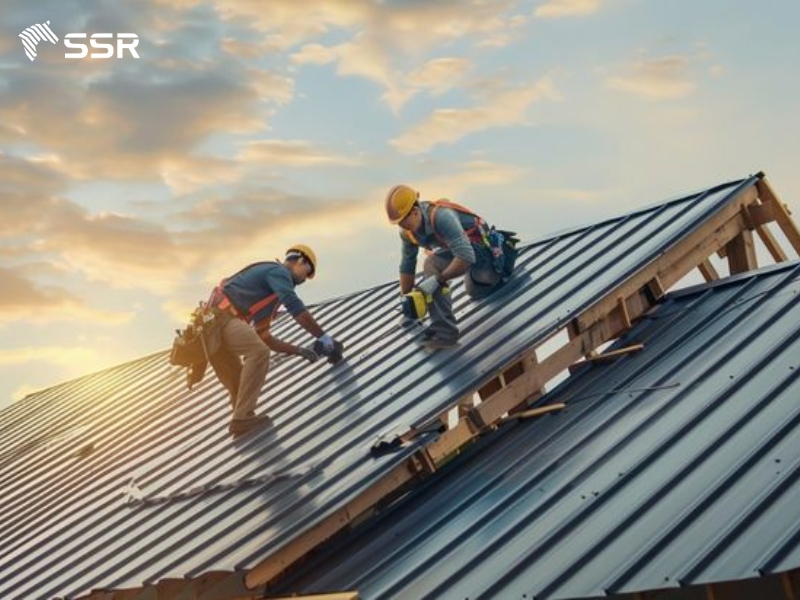
Ways to protect building materials from damage
- Proper Storage – Keep materials covered and elevated off the ground
- Moisture Control – Use waterproof coverings and good ventilation
- Pest Protection – Treat wood and store materials off the soil
- Use Protective Coatings – Paints, sealants, and fire-retardants
- Safe Handling – Prevent chipping, breaking, or contamination during transport
- Regular Maintenance – Clean, inspect, and re-treat when needed
Uses of Wood in Building Construction
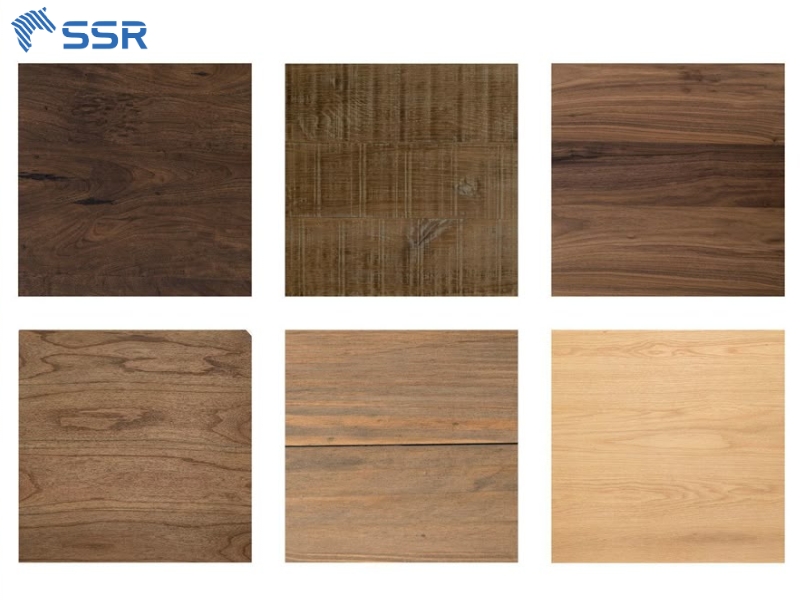
Uses of wood in building construction
- Structural Framing
Beams, joists, studs, and posts form the skeleton of a building, especially in timber-framed houses.
Softwoods like spruce and pine are typically used due to their strength-to-weight ratio and ease of handling.
- Flooring
Wood flooring includes solid hardwood, engineered wood, laminate, or parquet. Provides warmth, durability, and timeless appeal in residential and commercial interiors.
- Roof Structures
Wood is widely used for rafters, trusses, purlins, and sheathing in residential and light commercial buildings.
Treated wood ensures resistance to moisture and pests in roofing systems.
- Wall Panels and Cladding
- Used as interior paneling for warmth and texture, or exterior siding/cladding for aesthetic and insulation purposes.
- Popular wood types include cedar, pine, and composite wood for weather resistance.
- Doors and Windows
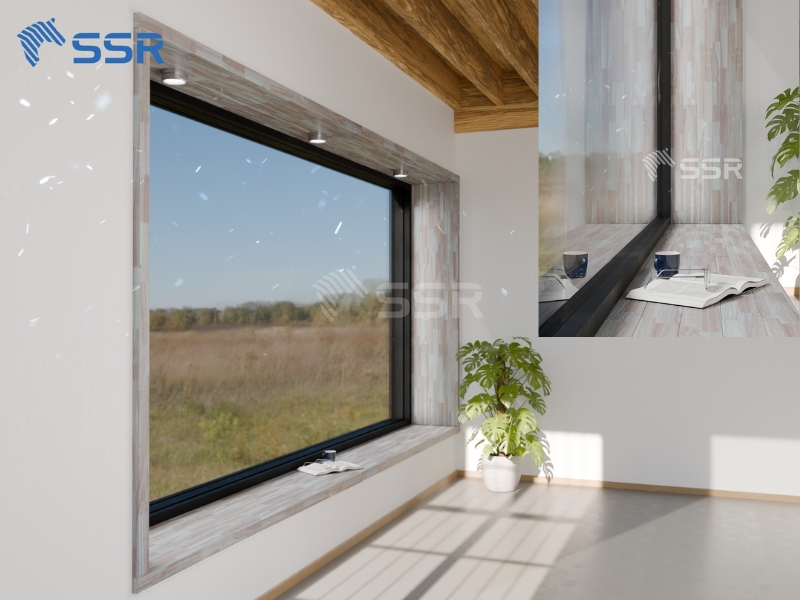
Doors and windows
- Solid wood doors and window frames are prized for their strength and aesthetic value.
- Wood allows for intricate carving and finishing, enhancing architectural charm.
- Cabinetry and Built-In Furniture
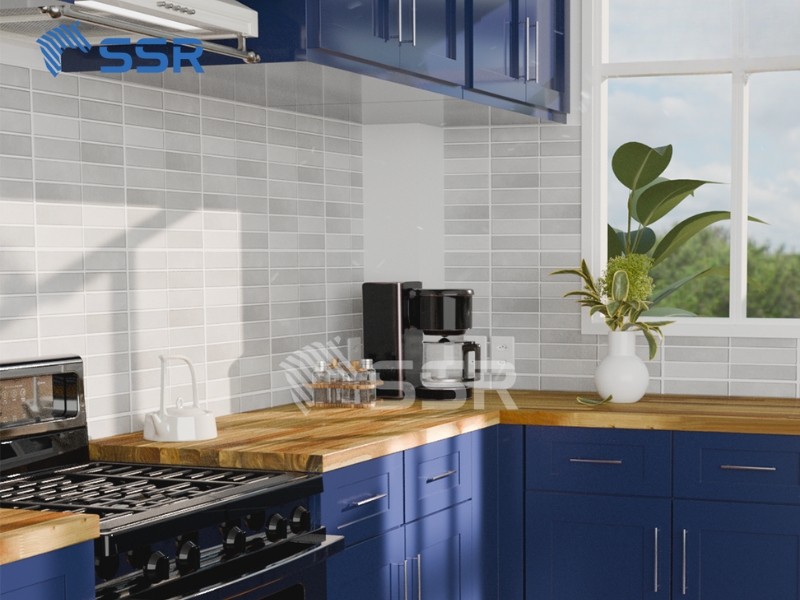
Cabinetry and built-in furniture
- Wood is ideal for kitchen cabinets, wardrobes, bookshelves, and other built-ins due to its customizability.
- Hardwood species like oak, maple, teak, and walnut are favored for durability.
Read more: Kitchen Cabinets from SSR VINA: Everything You Need to Know
- Decks and Outdoor Structures
- Used for terraces, balconies, pergolas, patios, gazebos, and fences.
- Requires weather-resistant or pressure-treated wood like cedar, teak, or composite materials for longevity.
How to choose a trusted building materials supplier?
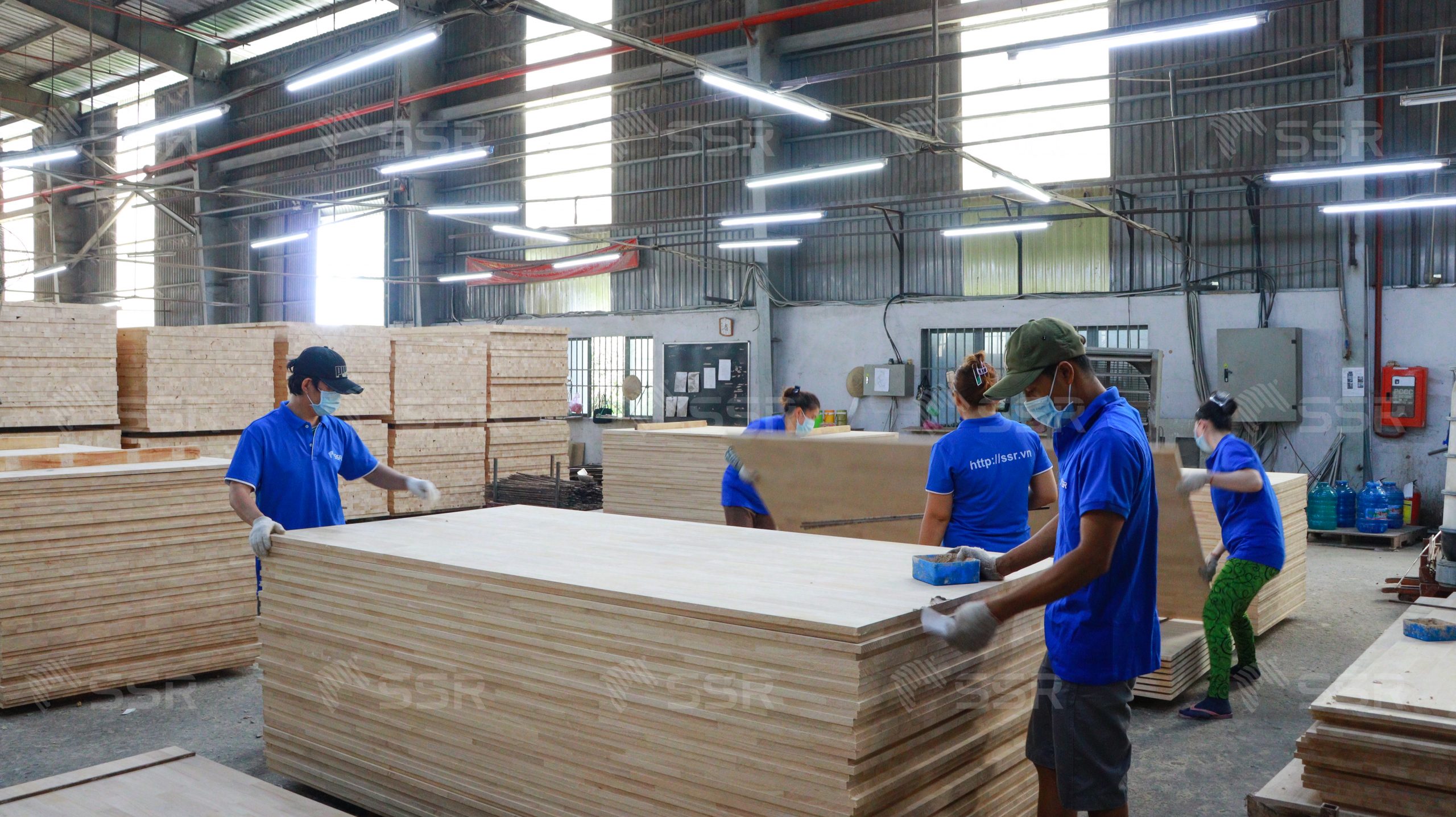
How to choose a trusted building materials supplier
Choosing a trusted building materials supplier is one of the most important decisions in any construction or renovation project. The right supplier doesn’t just provide materials – they become a partner in ensuring your project stays on time, on budget, and up to standard. To start, look for suppliers with a strong track record and years of experience in the industry. Reputation matters – read customer reviews, ask for case studies, or check their portfolio of completed projects to gauge reliability and consistency.
Next, always verify the quality of the materials. A reputable supplier should be transparent about the source of their materials and be able to provide product specifications, test reports, or certifications such as ISO or FSC. Don’t hesitate to request samples or even visit their production site if possible. High-quality materials minimize rework, reduce waste, and enhance the durability of your construction.
It’s also essential to consider the supplier’s range of products. A supplier who offers a wide variety from structural materials like timber, steel, and cement to finishing products like panels or flooring can simplify procurement and reduce the need to manage multiple vendors. However, if your project requires specific materials, specialized suppliers might offer better quality and expertise.
Lastly, evaluate the level of customer service and technical support. A trustworthy supplier should be responsive, offer expert advice when needed, and provide solutions in case of product defects or delays. Good after-sales service is often a sign of long-term commitment and professionalism.
Building a strong, long-term relationship with a reliable supplier brings added value such as better pricing, priority service, and trust. In a competitive construction market, having the right supplier by your side is more than a convenience – it’s a strategic advantage.
SSR VINA – Your Trusted Building Materials Supplier

SSR VINA your trusted building materials supplier
SSR VINA specializes in providing high-quality building materials for construction and interior finishing needs. We are a reliable partner for businesses, contractors, and manufacturers, offering a strong product lineup including:
- Plywood: Available in various sizes and specifications, our durable plywood is suitable for interior design, construction, and architectural applications.
- Prime Boards: Engineered wood panels with smooth surface finishes, ideal for making furniture with high aesthetic and structural stability.
- Wood Stair Parts: Including handrails, balusters, and treads made from natural wood – precisely crafted for durability and refined appearance.
- Natural Wood Flooring: Premium hardwood flooring resistant to warping and termites, bringing elegance and warmth to any space.
With a strong commitment to quality, transparent sourcing, and attentive customer service, SSR VINA strives to be a leading supplier of wood-based building materials in both Vietnam and international markets.
FAQs
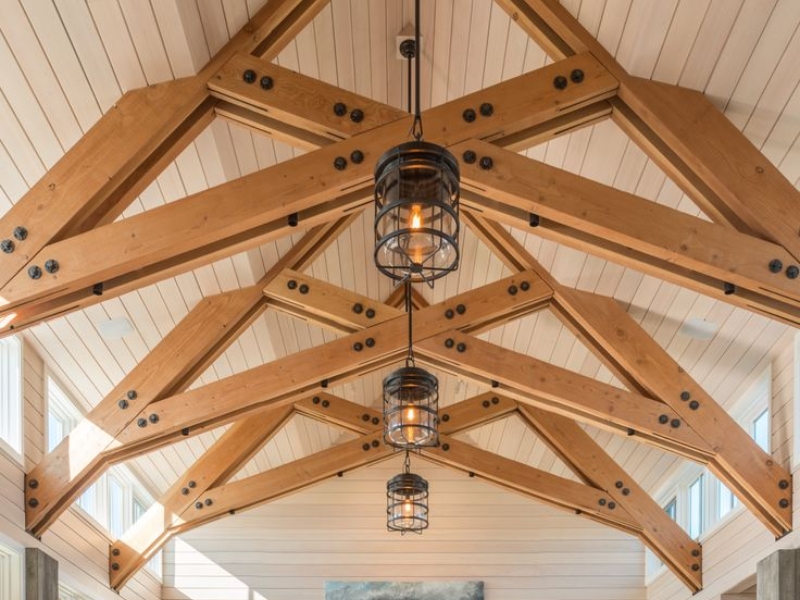
What should I consider when choosing building materials?
Is wood a sustainable building material?
Yes, when sourced responsibly, wood is one of the most sustainable materials available. It’s renewable, stores carbon, and requires less energy to produce than steel or concrete.
What should I consider when choosing building materials?
- Climate suitability
- Structural strength and durability
- Aesthetics and finish
- Maintenance requirements
- Cost and availability
- Environmental impact
- Compatibility with other materials
How can I estimate the amount of building materials I need?
- Use architectural drawings or construction plans
- Consult with contractors or suppliers for standard conversion rates
- Apply standard formulas (e.g., volume = length × width × thickness for wood panels)
- Consider wastage (usually add 5–10%)
What are some factors that affect the cost of building materials?
- Raw material prices (affected by global supply chains)
- Transportation and logistics
- Market demand and seasonal fluctuations
- Import/export duties
- Processing and finishing methods
- Packaging and certification costs
Conclusion
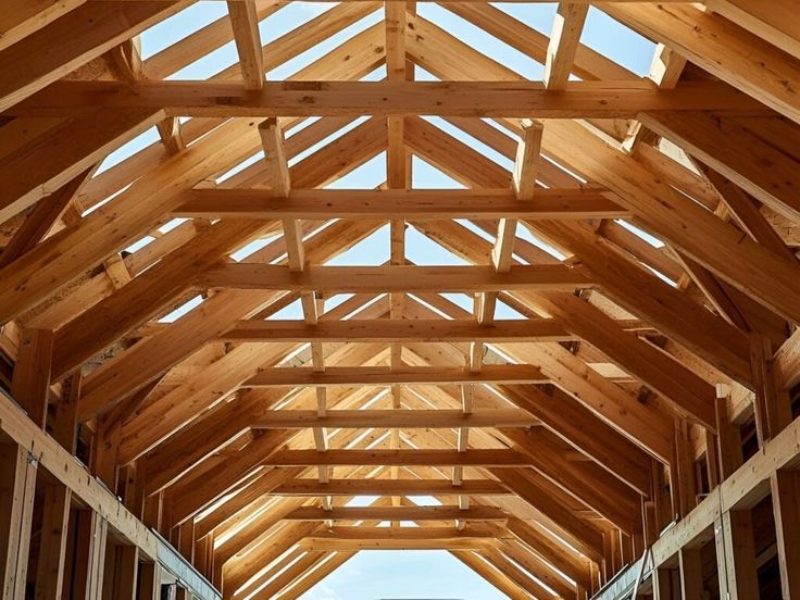
Building materials supplier
As the demand for efficient, sustainable, and cost-effective construction continues to grow, so does the importance of choosing the right building materials. From the reliable strength of concrete and steel to the renewable charm of wood, each material carries unique benefits and considerations.
By understanding their properties, proper applications, and environmental impacts, we can make informed decisions that balance functionality, beauty, and responsibility. Wood, in particular, exemplifies how a traditional material can meet modern sustainability goals when sourced and used wisely. Ultimately, smart material choices don’t just shape the buildings we create – they shape the future we live in.
Featured Products
Durable Rubberwood Chevron Countertop For Kitchen Tabletop
Specification:
- Wood Species: Rubberwood (Hevea brasiliensis)
- Moisture: <12 %.
- Length & Width Tolerance: 0/+3 millimeters.
- Thickness Tolerance: +/- 0.2 millimeters.
- Glue: D4.
- Surface Finish: Oil coating or sanding 240-320 grit.
- Quality: AA, AC, BC, or customized
- Packing: PE plastic for each piece.
[Good Promotion] Acacia Chevron Countertop Made In Vietnam
Specification:
- Moisture: < 12%
- Stave Length: 150-400 mm
- Stave Width: 20-80 mm
- Length & Width Tolerance: 0/+3 mm
- Thickness Tolerance: +/- 0.2 mm
- Glue: D4
- Quality: AB, AC, BC, or customized
- Surface Finish: Sanding 180-240 grit, both faces.
Top Quality Acacia Edge Glued Countertop Made In Vietnam
Specification:
- Moisture: 8 -12 %
- Stave Length: 150-400 mm
- Stave Width: 20-80 mm
- Length & Width Tolerance: 0/+3 mm
- Thickness Tolerance: +/- 0.2 mm
- Glue: D4
- Quality: ABC, AC, or customized
- Surface Finish: Sanding 180-240 grit, both faces
Featured News
Related News
SSR VINA at EUDR – Committed to a Transparent and Sustainable Wood Industry
On August 7th, 2025, SSR VINA at EUDR made a strong impression by participating in the seminar “EUDR – Easy to Implement,” organized by PEFC and VFCO as part of the Binh Duong International Wood and Machinery Fair 2025. The event provided timely and practical updates on the European Union’s Deforestation Regulation (EUDR) – a […]

Company Trip 2025 – Mekong Journey: Unity – Breakthrough
From July 4th to 7th, 2025, all SSR VINA employees enjoyed a memorable company trip to the Mekong Delta – the land of rivers, warm-hearted people, and rich cultural heritage. Exploring the Southwest – Experiencing Local Culture The journey began with a scenic cruise on the Tien River, visiting Thoi Son Islet, tasting fresh honey […]


 Tháng 5 5, 2025
Tháng 5 5, 2025 | SSR
| SSR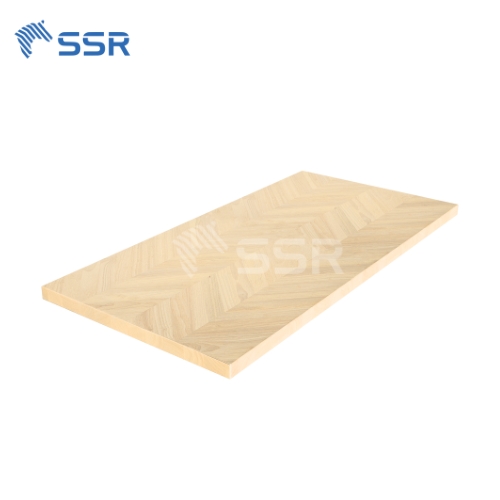
![[Good Promotion] Acacia Chevron Countertop Made In Vietnam](https://ssr.vn/wp-content/uploads/2024/12/chevcounter-3.png)
